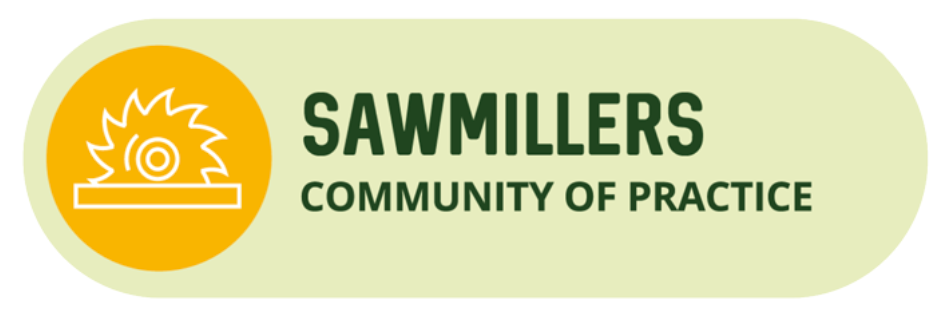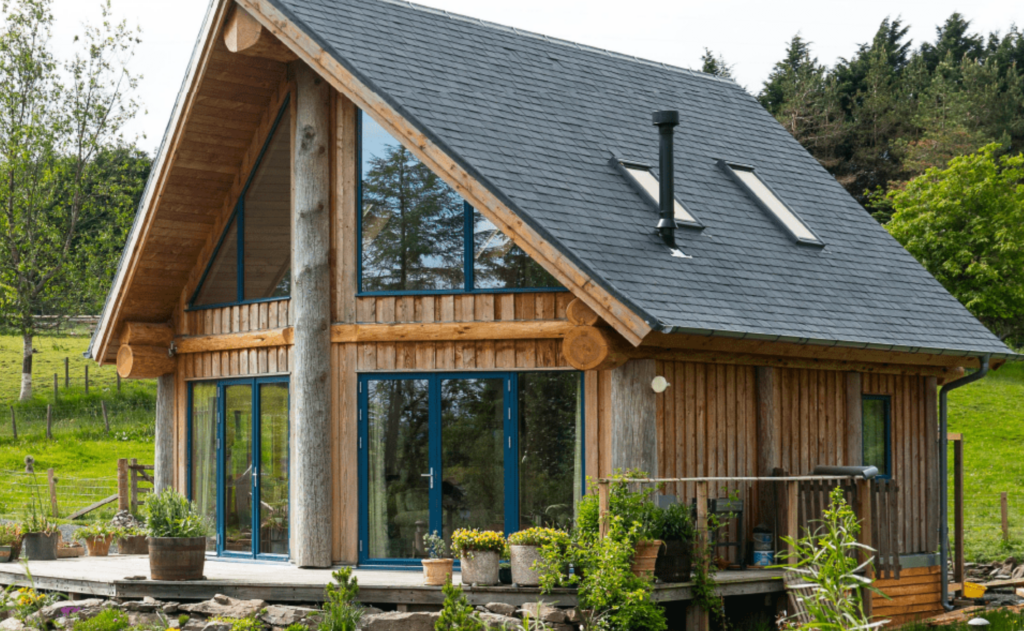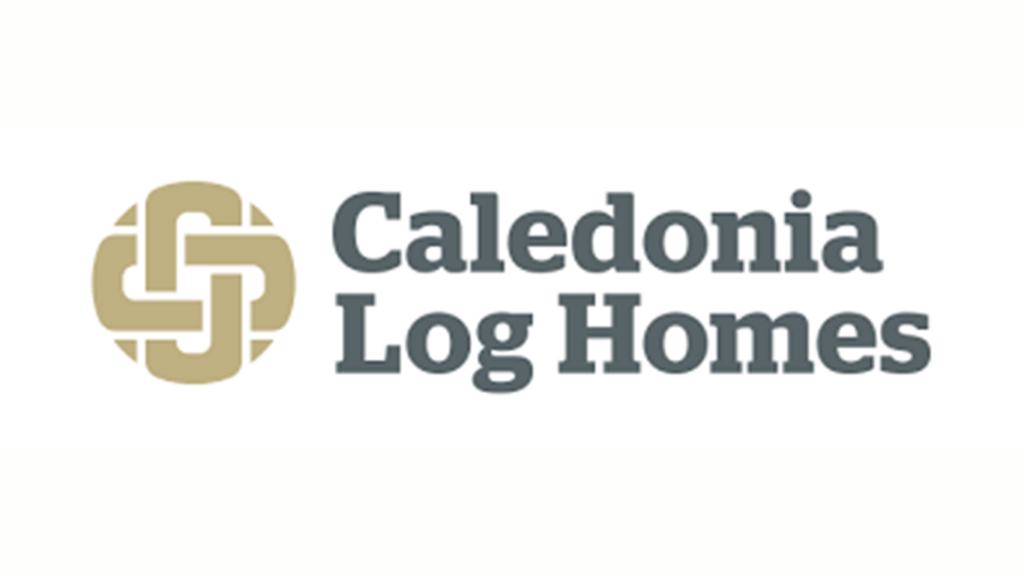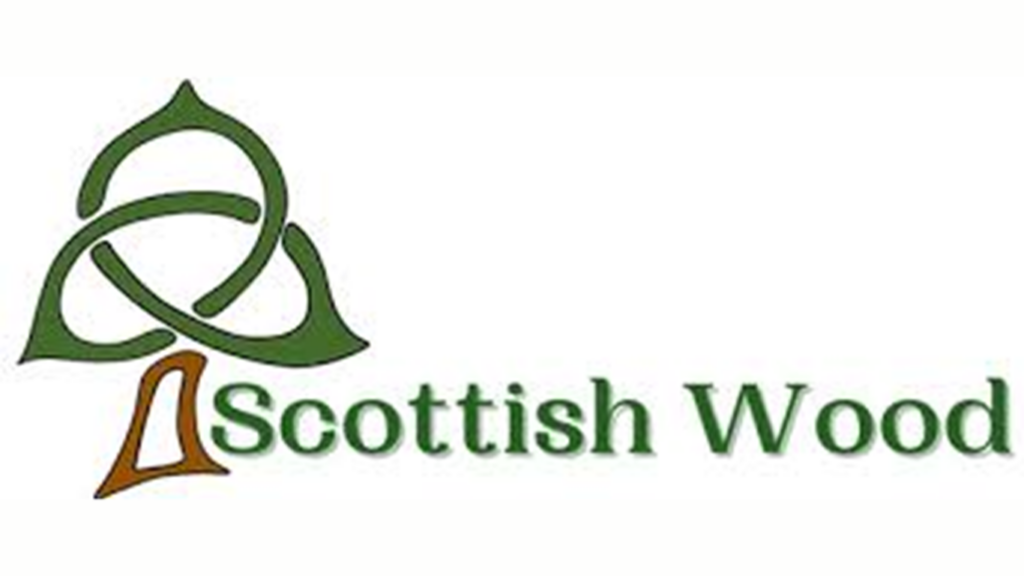Discover how cooperation benefits small timber processing
Limited spaces available. Book now to avoid disappointment.
Date of visit: 22 – 25 May 2024
Cost: This subsidised visit requires a deposit contribution of £200
Organised and lead by: John Sweeny, Sawmills coordinator, Woodknowledge Wales

The purpose of the tour is to look at various ASHS member businesses in Southern and Central Scotland to see how the cooperative aspects of the organisation can benefit small timber processing businesses in Wales.
Travel, main meals and accommodation in single rooms will be subsidised by Woodknowledge Wales. Transport will be by minibus and will depart from northeast Wales on the morning on 22nd of May.
We will return to the same overnight accommodation each night where an evening meal will be provided.
Return travel to Wales on the 25th May after a morning visit to the final business venue. It is expected we will reach north Wales early evening.
| Itinerary for visit to Association of Scottish Hardwood Sawmillers – May 2024 | |
| Day 1 | Travel from Wales to Scottish Borders to accommodation at hotel (TBC) near Peebles. Dinner, bed and breakfast will be provided for all participants. Lunches not provided. |
| Day 2 | Visit Abbey timber (Sawmill) and Caledonia Log Homes (Builders) |
| Day 3 | Visit Tiny Temple (timber processing business) and Scottish Wood (Sawmill) |
| Day 4 | Visit Real Wood Studios (Furniture makers with sawmill) and return to Wales. |
| Participants | Up to 9 persons, ideally from smaller scale sawmills, timber framers, community woodland groups, foresters etc. |
| Costs | Although the visit would be subsidised by WKW, a deposit contribution of £200 is requested to ensure those booking a place attend. |
| Dates | 22 -25 May |
| Booking | Please confirm your booking with a deposit by 10 April 2024 |

More information on businesses to be visited.
A smaller scale sawmill producing both hardwood and softwood air dried and kiln dried timber for exterior and internal uses. Biomass fired kiln and district heating scheme using slabwood. The main saw is a Mebor 1200.

Specialised builder of full scribe and post and beam log homes using Scottish timber.

Specialist producer of charred timber and treated (SIOO:X, fire retardants etc) and stockist of modified timber for exterior uses.

Scottish Wood is a social enterprise hardwood sawmill that specialises in the supply of quality Scottish hardwoods and hard wood products, plus premium softwoods from local, sustainable sources in Scotland to trade and the general public through-out the UK. The main saws are Woodmizer LT70’s

Real Wood Studios is a social enterprise for furniture design, production and supply. In 2020 it became a Community Interest Company (CIC). It is home to some of Scotland’s finest designer-makers producing bespoke furniture and interiors from locally sourced hardwoods. The main saw is a trak-met.




